Plankton: Definition, Types, and Characteristics
By. Rani - 27 May 2025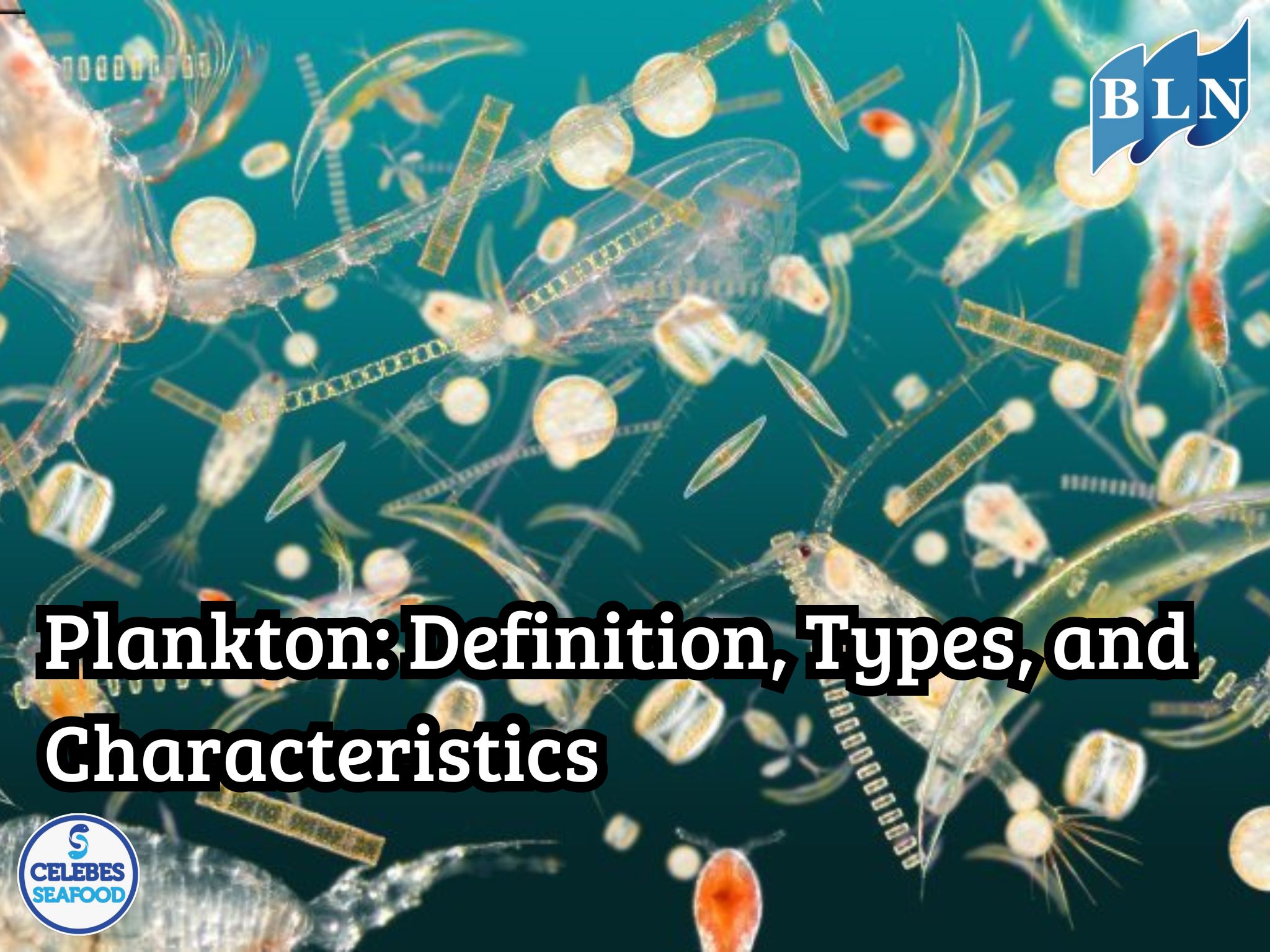
lautnusantara.com Plankton are aquatic organisms, both plant and animal, that live by passively floating or drifting in the water column, with their movements largely influenced by currents. The word "plankton" comes from the Greek word meaning "drifter" or "wanderer," highlighting their dependence on water movement. While some plankton have limited swimming abilities, these are insufficient to overcome strong currents.
Plankton are a vital component of aquatic ecosystems, serving as the base of the food chain. Phytoplankton, as primary producers, perform photosynthesis and produce oxygen, similar to land plants. Zooplankton, on the other hand, consume phytoplankton and become a food source for larger aquatic organisms.
Key Characteristics of Plankton
Here are the main characteristics of plankton:
- Highly Variable Size (Generally Microscopic) Although some plankton, like jellyfish, can be large, most plankton are microscopic and cannot be seen with the naked eye. They range from tiny viruses (femtoplankton) to large jellyfish (megaplankton). This small size helps them stay afloat and interact efficiently with their environment.
- Live by Floating and Drifting with Currents (Passive) This is the most fundamental characteristic of plankton. The word "plankton" itself means "drifter" or "wanderer." While some plankton have limited swimming abilities (e.g., for vertical migration), their overall movement is overwhelmingly dominated by water currents, waves, and tides. They cannot swim against strong currents.
- Producers and Consumers in Aquatic Food Chains Plankton occupy a very important position in aquatic food webs:
- Phytoplankton: Act as primary producers because they contain chlorophyll and perform photosynthesis, converting solar energy into organic matter. They are the base of almost all life in the ocean and a major source of atmospheric oxygen.
- Zooplankton: Act as primary consumers (feeding on phytoplankton) or secondary consumers (feeding on other zooplankton). They form a crucial link between producers (phytoplankton) and larger organisms like fish, marine mammals, and seabirds.
- Varied Life Cycles
- Holoplankton: Spend their entire lives as plankton (examples: copepods, diatoms).
- Meroplankton: Spend only part of their lives (usually egg and larval stages) as plankton, then grow into actively swimming organisms (nekton) or bottom-dwelling organisms (benthos) (examples: fish larvae, crab larvae, starfish larvae).
- Sensitive to the Environment Plankton are highly sensitive to changes in their surrounding environmental conditions, such as:
- Water temperature
- Salinity (salt content)
- Nutrient availability
- Light intensity
- Water pH
Small changes in these factors can affect the growth, distribution, and survival of plankton populations, which in turn impacts the entire aquatic ecosystem. Therefore, plankton are often used as indicators of aquatic environmental health.
Overall, plankton are a highly diverse and vital group of organisms, whose presence is essential for maintaining the balance of marine and freshwater ecosystems.
Read Also : The Enchanting Colors of Coral Reef Fish: Life Behind the Reef
Types of Plankton
Plankton can be classified based on several criteria:
1. Based on Ability to Produce Food (Biologically)
- Phytoplankton (Plant Plankton): These are autotrophic organisms (capable of producing their own food through photosynthesis) containing chlorophyll. They are typically microscopic and dominate as the primary producers in aquatic environments. Examples include various types of algae, such as diatoms, dinoflagellates, green algae, blue-green algae, and coccolithophorids.
- Zooplankton (Animal Plankton): These are heterotrophic organisms (cannot produce their own food) that feed on phytoplankton or other zooplankton. While a small number of zooplankton have limited swimming abilities (vertical migration), their overall movement remains determined by currents. Examples include copepods, cladocerans, rotifers, foraminifera, radiolarians, and larvae of various marine animals (such as crustacean, mollusk, and fish larvae).
2. Based on Life Cycle
- Holoplankton: Organisms that spend their entire life cycle as plankton. Examples include diatoms, radiolarians, dinoflagellates, foraminifera, amphipods, krill, and copepods.
- Meroplankton: Organisms that spend only a portion of their life cycle (especially egg and larval stages) as plankton, and as adults, transform into nekton (actively swimming animals) or benthos (animals living on the seafloor). Examples include fish larvae, crustacean larvae, and mollusk larvae.
3. Based on Size
Plankton size classification varies, but generally follows this scale (from smallest to largest):
- Femtoplankton: Size less than 0.2 µm. Example: viruses.
- Picoplankton: Size between 0.2 µm and 2 µm. Examples: bacteria and prochlorophytes.
- Nanoplankton: Size between 2 µm and 20 µm. Includes most small phytoplankton, flagellates, and small diatoms.
- Microplankton: Size between 20 µm and 200 µm. Includes most large phytoplankton (large single-celled or chain-forming diatoms), foraminifera, ciliates, and copepod nauplii.
- Mesoplankton: Size between 0.2 mm and 20 mm. Most zooplankton such as copepods, cladocerans, and larvae.
- Macroplankton: Size between 2 mm and 20 mm. Examples: krill, arrow worms, and some small jellyfish.
- Megaplankton: Size greater than 20 mm. Example: large jellyfish.
4. Based on Habitat
- Limnoplankton: Plankton that live in lakes (freshwater).
- Heleoplankton: Plankton that live in ponds.
- Potamoplankton: Plankton that live in rivers.
- Hipalmyroplankton: Plankton that live in brackish water.
- Haliplankton: Plankton that live in the sea (saltwater).
5. Based on Vertical Distribution in Water
- Epiplankton: Plankton that live in the euphotic zone (surface layer still penetrated by sunlight).
- Mesoplankton: Plankton that live in the dysphotic zone (middle layer receiving little light).
- Bathyplankton: Plankton that live in the aphotic zone (deep layer not penetrated by sunlight).
- Hypoplankton: Plankton that live on the bottom as benthic organisms (however, this more refers to benthic organisms that are occasionally lifted, not true plankton).
The classification of plankton is crucial for understanding the structure and function of aquatic ecosystems, as well as in the study of primary productivity and marine food webs.
If you are interested in our product CALAMARI WHOLE ROUND, CUTTLEFISH WHOLE ROUND please do not hesitate to contact us through email and/or whatsapp.
.jpg)
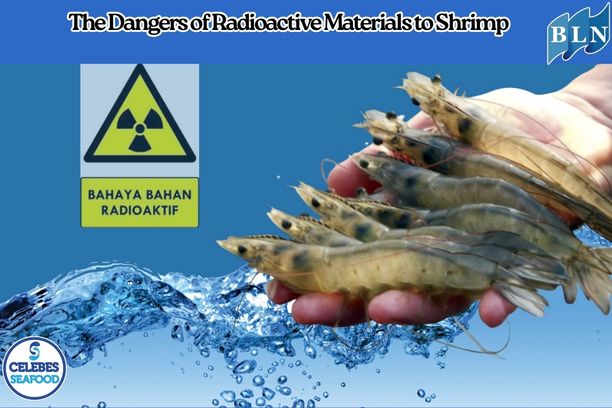
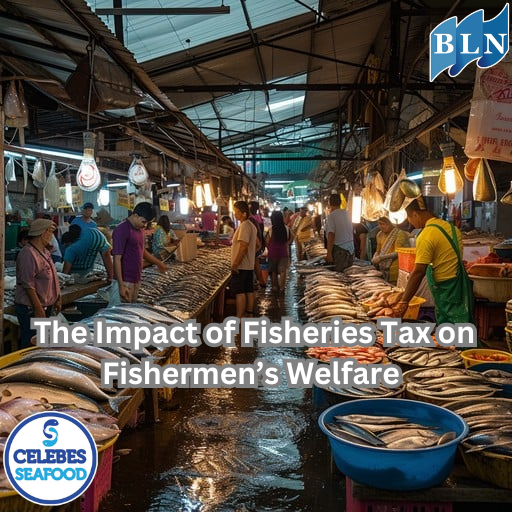
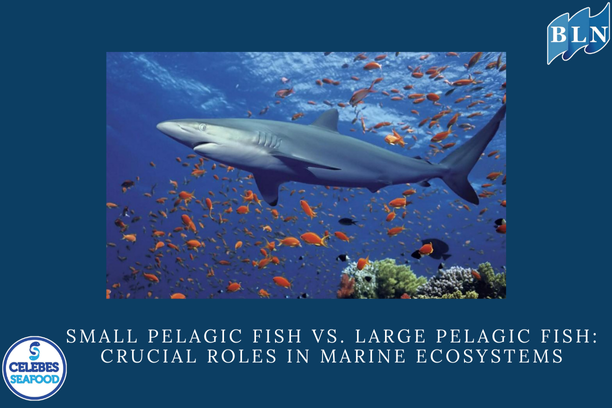
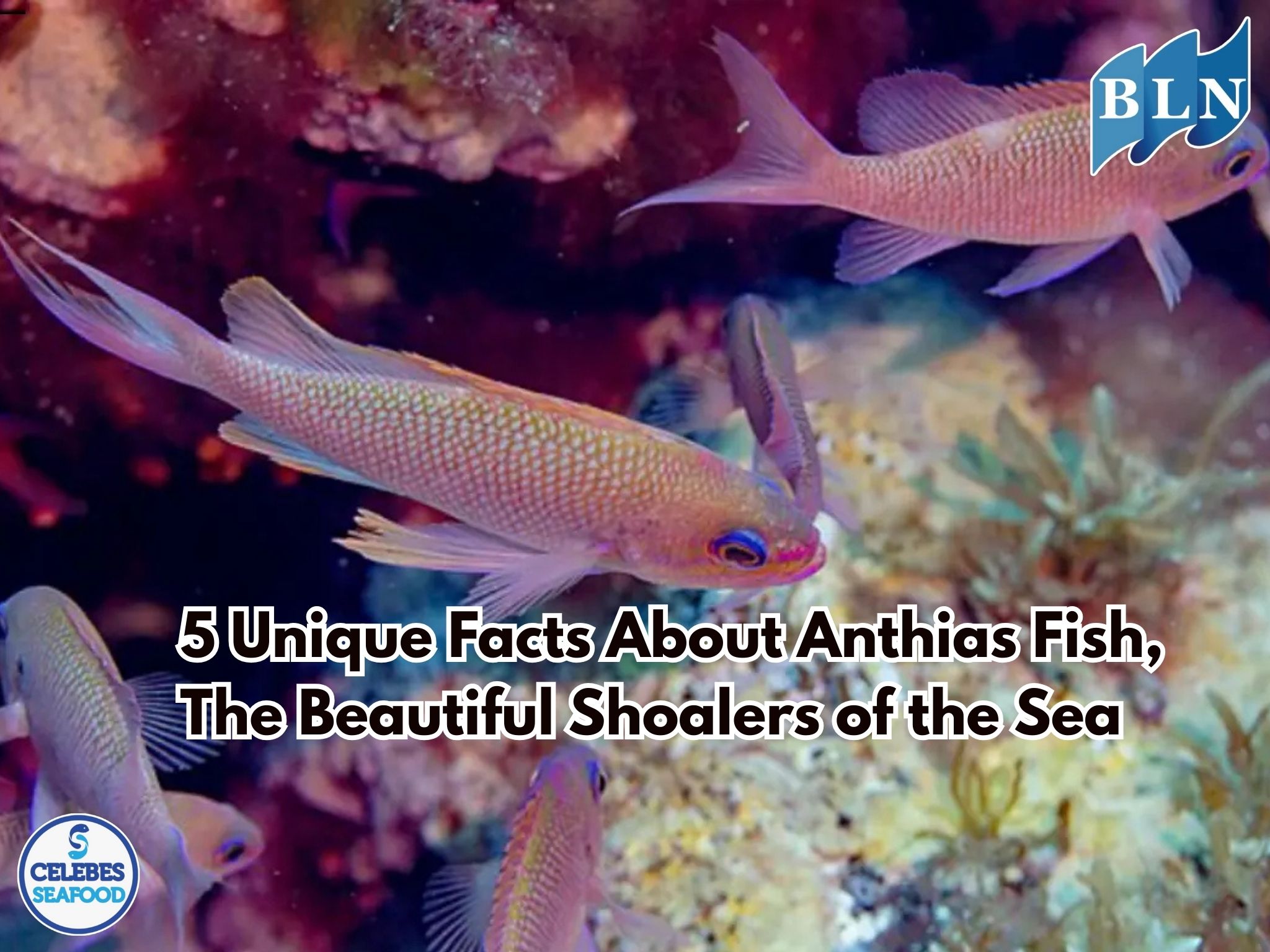
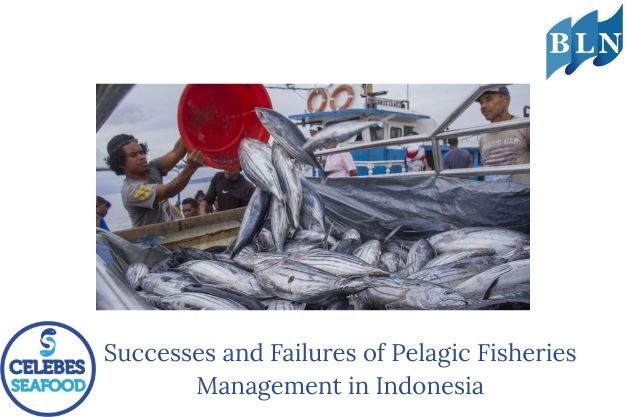
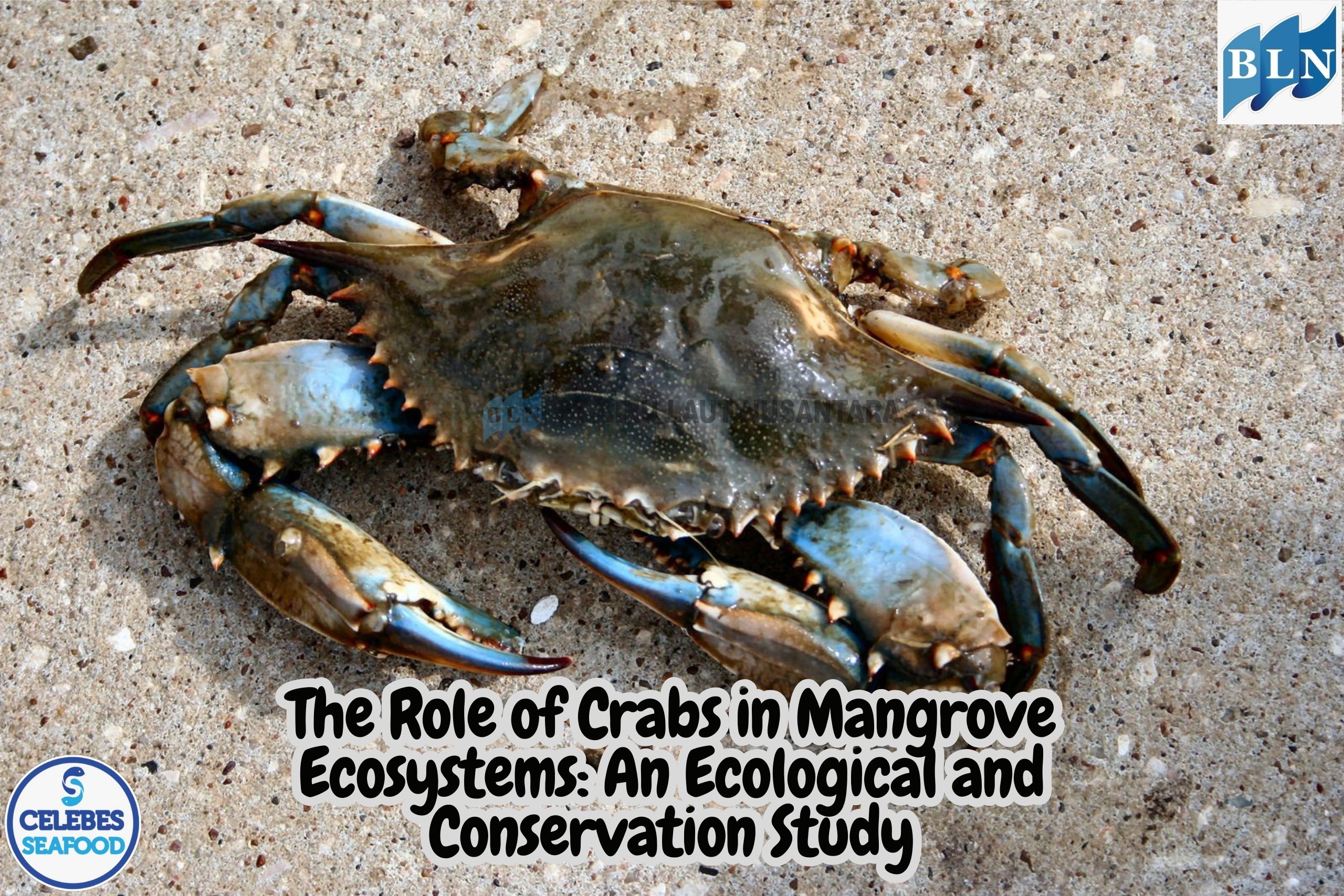
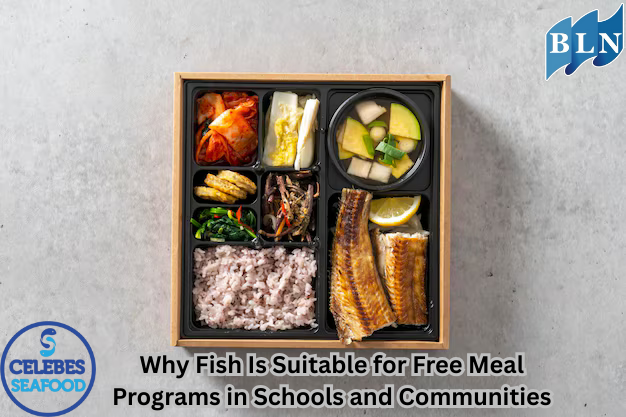
 on the Seabed.jpg)